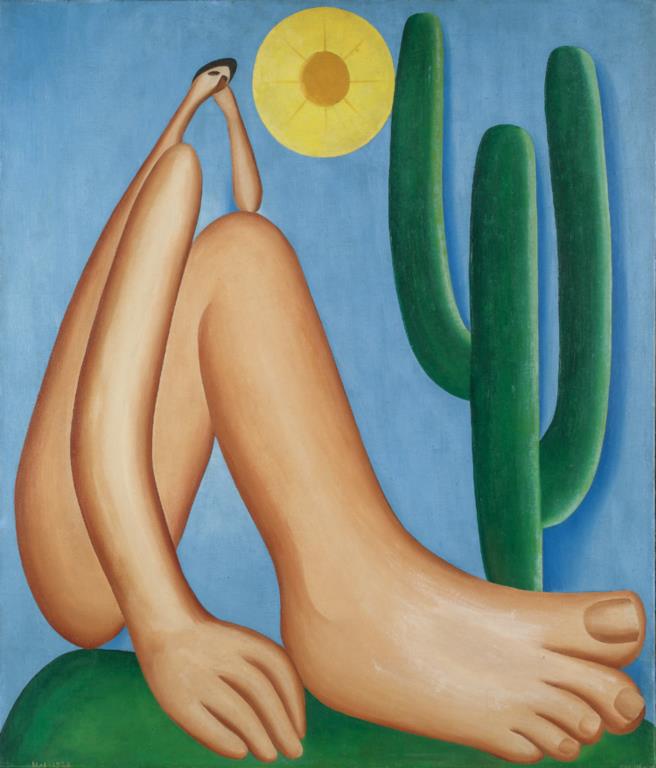Known as Malba, it is located at Avenida Figueroa Alcorta 3415. It is one of the most important museums in the city of Buenos Aires and a benchmark for contemporary Latin American art.
Founded in 2001, it boasts an impressive collection of over 400 works, including paintings, sculptures, photographs, and prints. These works belong to iconic artists of the 20th and 21st centuries such as Frida Kahlo, Antonio Berni, Diego Rivera, Tarsila do Amaral, and Joaquín Torres-García.
Some of the most iconic works you can't miss are "Self-Portrait with Monkey and Parrot" by Frida Kahlo, "Manifestation" by Antonio Berni, "Dance in Tehuantepec" by Diego Rivera, "Abaporu" by Tarsila do Amaral, and "Constructive" by Joaquín Torres-García.

"Abaporu" by Tarsila do Amaral
Malba not only focuses on preserving and showcasing art but also on creating cultural, educational, and research projects. In addition to its permanent and temporary exhibitions, it offers a film program and activities for both children and adults. Its bookstore and gift shop are very popular, featuring products ranging from art books to unique souvenirs. Finally, Malba is the perfect place to take a break in its elegant café, which offers a dining experience in a modern and relaxed atmosphere.